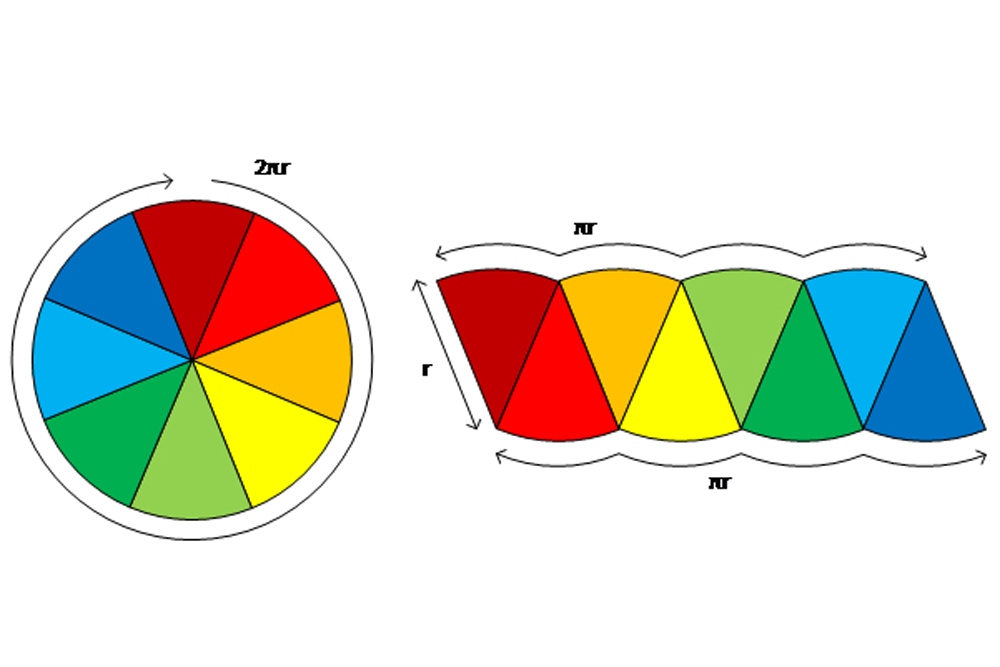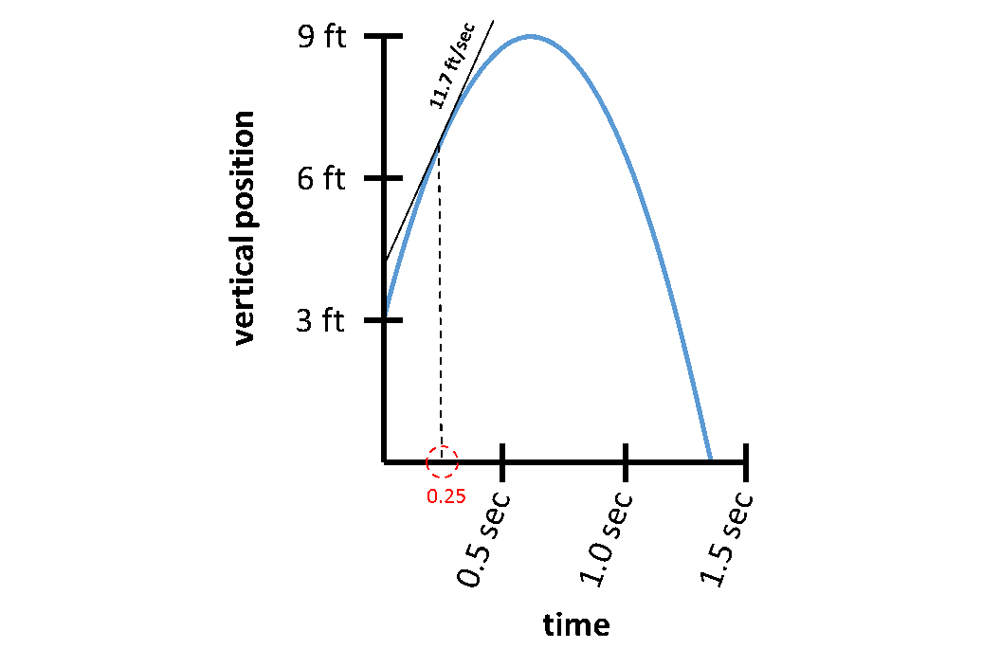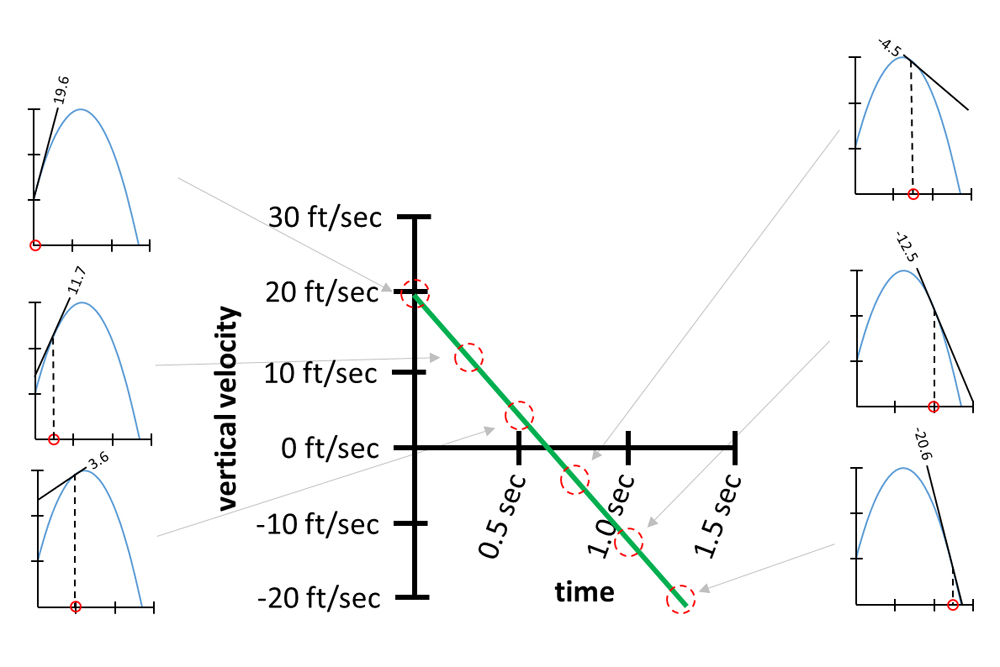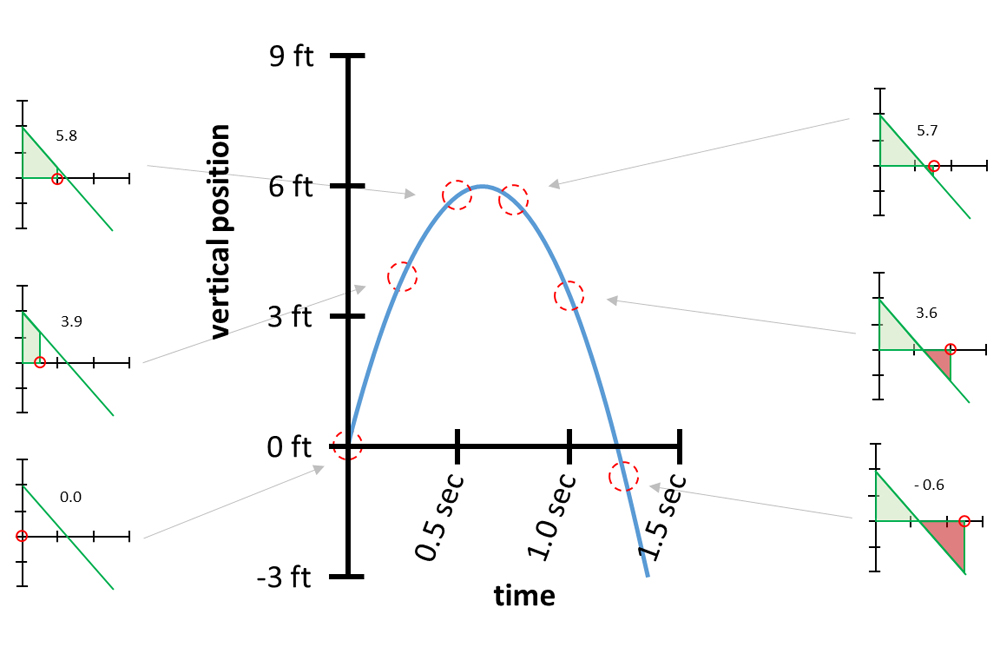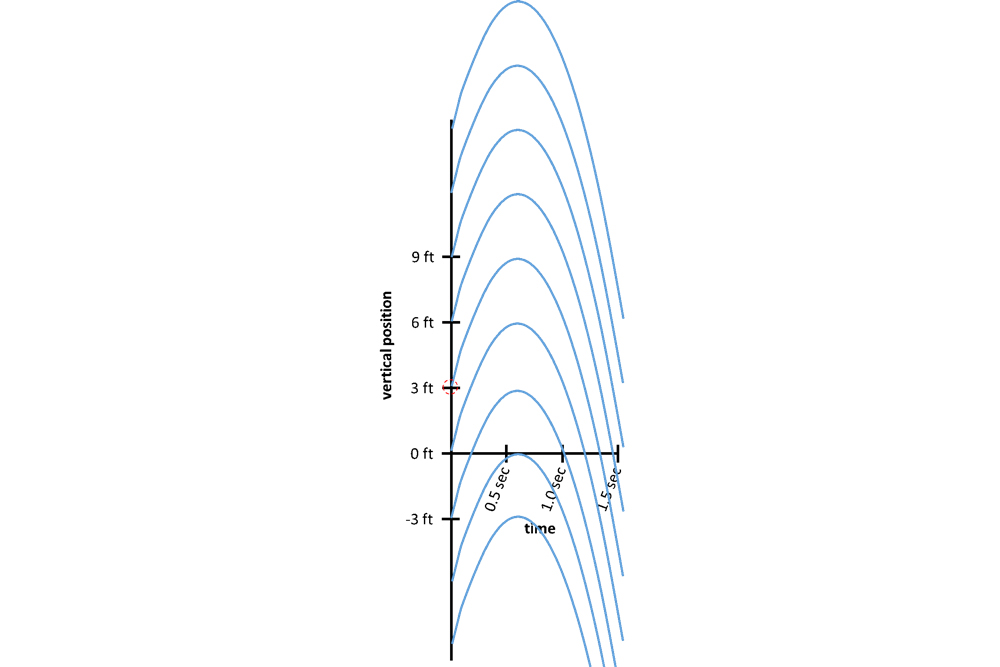What Is Calculus?
Calculus is a branch of mathematics that explores variables and how they change by looking at them in infinitely small pieces called infinitesimals. Calculus, as it is practiced today, was invented in the 17th century by British scientist Isaac Newton (1642 to 1726) and German scientist Gottfried Leibnitz (1646 to 1716), who independently developed the principles of calculus in the traditions of geometry and symbolic mathematics, respectively.
While these two discoveries are most important to calculus as it is practiced today, they were not isolated incidents. At least two others are known: Archimedes (287 to 212 B.C.) in Ancient Greece and Bhāskara II (A.D. 1114 to 1185) in medieval India developed calculus ideas long before the 17th century. Tragically, the revolutionary nature of these discoveries either wasn't recognized or else was so buried in other new and difficult-to-understand ideas that they were nearly forgotten until modern times.
The word "calculus" has a modest origin, deriving from similar words such as "calculation" and "calculate," but all these words derive from a Latin (or perhaps even older) root meaning "pebble." In the ancient world, calculi were stone beads used to keep track of livestock and grain reserves (and today, calculi are small stones that form in the gallbladder, kidneys or other parts of the body).
The utility of infinitesimals
To understand what is meant by infinitesimal, consider the formula for the area of a circle: A=πr². The following demonstration is adapted from one given by Professor Steve Strogatz of Cornell, who points out that despite this formula's simplicity, it is impossible to derive without the utility of infinitesimals.
To start, we recognize that the circumference of a circle divided by its diameter (or twice the radius) is approximately 3.14, a ratio denoted as pi (π). With this information, we can write the formula for a circle's circumference: C=2πr. To determine a circle's area, we can start by cutting the circle into eight pie wedges and rearranging them to look like this:
We see the short, straight edge is equal to the original circle's radius (r), and the long, wavy side is equal to half the circle's circumference (πr). If we repeat this with 16 pieces, it looks like this:
Again, we see the short, straight edge is equal to the original circle's radius (r), and the long, wavy side is equal to half the circle's circumference (πr), but the angle between the sides is closer to a right angle and the long side is less wavy. No matter how much we increase the number of pieces we cut the circle into, the short and long sides keep the same respective lengths, the angle between the sides gets progressively closer to a right angle, and the long side gets progressively less wavy.
Get the world’s most fascinating discoveries delivered straight to your inbox.
Now, let's imagine we cut the pie into an infinite number of slices. In the language of mathematics, the slices are described as "infinitesimally thick," since the number of slices "is taken to the limit of infinity." At this limit, the sides still have lengths r and πr, but the angle between them is actually a right angle and the waviness of the long side has disappeared, meaning we now have a rectangle.
Calculating the area is now just the length × width: πr × r=πr². This case-in-point example illustrates the power of examining variables, such as the area of a circle, as a collection of infinitesimals.
Two halves of calculus
The study of calculus has two halves. The first half, called differential calculus, focuses on examining individual infinitesimals and what happens within that infinitely small piece. The second half, called integral calculus, focuses on adding an infinite number of infinitesimals together (as in the example above). That integrals and derivatives are the opposites of each other, is roughly what is referred to as the Fundamental Theorem of Calculus. To explore how this is, let's draw on an everyday example:
A ball is thrown straight into the air from an initial height of 3 feet and with an initial velocity of 19.6 feet per second (ft/sec).
If we graph the ball's vertical position over time, we get a familiar shape known as a parabola.
Differential calculus
At every point along this curve, the ball is changing velocity, so there's no timespan where the ball is traveling at a constant rate. We can, however, find the average velocity over any timespan. For example, to find the average velocity from 0.1 seconds to 0.4 seconds, we find the position of the ball at those two times and draw a line between them. This line will rise some amount compared with its width (how far it "runs"). This ratio, often referred to as slope, is quantified as rise ÷ run. On a position versus time graph, a slope represents a velocity. The line rises from 4.8 feet to 8.3 feet for a rise of 3.5 feet. Likewise, the line runs from 0.1 seconds to 0.4 seconds for a run of 0.3 seconds. The slope of this line is the ball's average velocity throughout this leg of the journey: rise ÷ run = 3.5 feet ÷ 0.3 seconds = 11.7 feet per second (ft/sec).
At 0.1 seconds, we see the curve is a bit steeper than the average we calculated, meaning the ball was moving a bit faster than 11.7 ft/sec. Likewise, at 0.4 seconds, the curve is a bit more level, meaning the ball was moving a bit slower than 11.7 ft/sec. That the velocity progressed from faster to slower means there had to be an instant at which the ball was actually traveling at 11.7 ft/sec. How might we determine the precise time of this instant?
Let's back up and observe that the span of 0.1 seconds to 0.4 seconds isn't the only timespan over which the ball had an average velocity of 11.7 ft/sec. So long as we maintain the line's slope, we can move it any place over this curve and the average velocity over the timespan between the two places the line intersects the curve will still be 11.7 ft/sec. If we move the line farther toward the edge of the parabola, the timespan decreases. When the timespan reaches zero, the points land on the same spot and the line is said to be tangent to (just barely resting against) the parabola. The timespan is described as having been "taken to the limit of zero."
Here's where the notion of infinitesimals enters into play. Until this point, we've talked about velocity over a finite span of time, but now we're talking about a velocity at an instant; a timespan of infinitesimal length. Notice how we can't take the slope between two points that are infinitesimally far apart; we'd have rise ÷ run = 0 feet ÷ 0 seconds, which doesn't make any sense. To find the slope at any point along the curve, we instead find the slope of the tangent line. The results of six points are plotted below:
This graph is what's known as the original graph's derivative. In the language of mathematics and physics, it's said that "the derivative of an object's position with respect to time is that object's velocity."
Integral calculus
This process works in reverse, too. The opposite of a derivative is an integral. Thus, "the integral of an object's velocity with respect to time is that object's position." We found derivatives by calculating slopes; we find integrals by calculating areas. On a velocity versus time graph, an area represents a length. The matter of finding areas under a graph is relatively simple when dealing with triangles and trapezoids, but when graphs are curves instead of straight lines, it is necessary to divide an area into an infinite number of rectangles with infinitesimal thickness (similar to how we added an infinite number of infinitesimal pie wedges to get a circle's area).
You might have noticed that this integral graph doesn't quite give us the same vertical-position graph that we started with. This is because it is just one of many vertical-position graphs that all have the same derivative. A few similar curves are shown below:
To determine which of these curves will give us the original graph of position, we must also use some knowledge about the position of the ball at a certain time. Examples of this include the height from which it was thrown (the vertical position of the ball at time zero), or the time at which it hit the ground (the time where the vertical position was zero). This is referred to as an initial condition because we're usually concerned with predicting what happens after, though it's a bit of a misnomer, since an initial condition can also come from the middle or end of a graph.
Additional resources
- A corgi emulates calculus by playing fetch (video)
- Calculus.org, a website sponsored by the University of California, Davis, provides tutorials, sample exam problems and demonstrations of calculus.
- The Massachusetts Institute of Technology (MIT) offers an online course, "Calculus for Beginners and Artists."
Robert Coolman, PhD, is a teacher and a freelance science writer and is based in Madison, Wisconsin. He has written for Vice, Discover, Nautilus, Live Science and The Daily Beast. Robert spent his doctorate turning sawdust into gasoline-range fuels and chemicals for materials, medicine, electronics and agriculture. He is made of chemicals.


